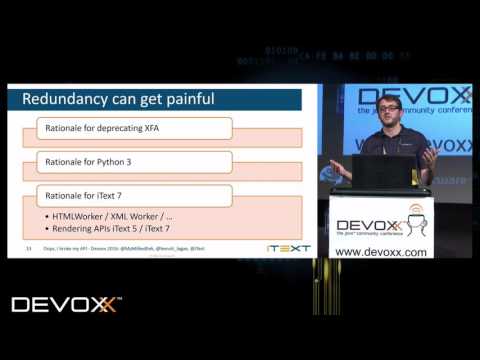Description:
Save Big on Coursera Plus. 7,000+ courses at $160 off. Limited Time Only!
Grab it
Explore the complexities of API changes in this thought-provoking conference talk aimed at SDK and software library developers. Delve into the arguments for and against modifying APIs, weighing short-term pain against long-term benefits. Learn strategies for introducing new APIs, maintaining user loyalty, and balancing backwards compatibility with technological advancement. Discover the importance of semantic versioning, clear end-of-life strategies, and tools for detecting breaking changes. Gain insights on creating future-proof designs, managing redundancy, and deciding between big bang and early releases. Examine real-world examples from iText Software's experience and understand the impact of marketing and sales on API development decisions.

Oops, I Broke My API
Add to list
#Conference Talks
#Devoxx
#Programming
#Software Development
#Web Development
#API Management
#Version Control
#Semantic Versioning
#Backwards Compatibility